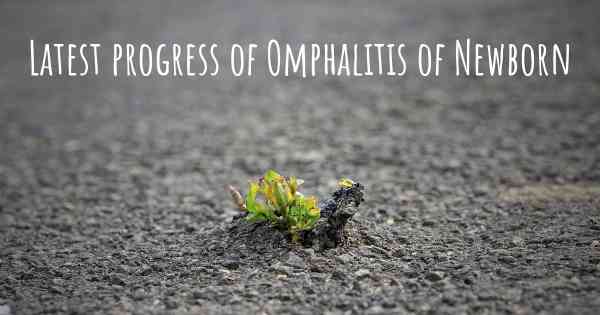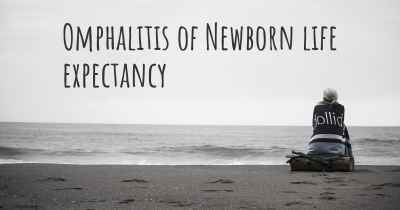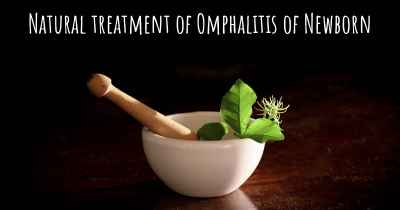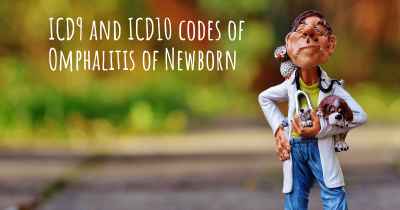What are the latest advances in Omphalitis of Newborn?
Here you can see the latest advances and discoveries made regarding Omphalitis of Newborn.

Omphalitis is a serious infection that affects the umbilical stump of newborn babies. It is primarily caused by bacteria, most commonly Staphylococcus aureus and Escherichia coli. Omphalitis can lead to severe complications if not promptly diagnosed and treated. Over the years, there have been significant advances in the management and prevention of omphalitis in newborns.
Early recognition and diagnosis: One of the key advances in omphalitis management is the emphasis on early recognition and diagnosis. Healthcare providers are now more vigilant in assessing the umbilical stump for signs of infection. These signs include redness, swelling, discharge, foul odor, and fever. Prompt recognition allows for timely intervention, reducing the risk of complications.
Improved infection control practices: In recent years, there has been a greater focus on infection control practices in neonatal units and delivery rooms. Strict adherence to hand hygiene, aseptic techniques during cord care, and proper sterilization of equipment have significantly reduced the incidence of omphalitis. These measures help prevent the introduction and spread of bacteria that can cause infection.
Antibiotic therapy: The use of antibiotics is a cornerstone in the treatment of omphalitis. However, there have been advancements in the selection and administration of antibiotics. Healthcare providers now have a better understanding of the most common bacteria causing omphalitis and their antibiotic susceptibility patterns. This knowledge allows for targeted antibiotic therapy, improving treatment outcomes and reducing the risk of antibiotic resistance.
Topical antimicrobial agents: In addition to systemic antibiotics, the use of topical antimicrobial agents has shown promise in the management of omphalitis. These agents, such as povidone-iodine or chlorhexidine, can be applied directly to the umbilical stump to prevent or treat infection. They have been found to be effective in reducing bacterial colonization and preventing the progression of omphalitis.
Umbilical cord care: Proper care of the umbilical cord stump is crucial in preventing omphalitis. Recent advances in umbilical cord care include the use of antiseptic cord cleansing solutions and the promotion of dry cord care. Antiseptic solutions, such as chlorhexidine, have been found to be more effective than traditional methods like alcohol or dry cord care alone. These advancements have contributed to a decrease in the incidence of omphalitis.
Improved neonatal intensive care: Advances in neonatal intensive care have also played a role in reducing the incidence and severity of omphalitis. Improved monitoring techniques, early detection of sepsis, and better supportive care have led to better outcomes for newborns at risk of developing omphalitis. The availability of specialized neonatal units and trained healthcare professionals has significantly contributed to the management of omphalitis.
Vaccination: Vaccination has been a major breakthrough in preventing various infectious diseases, including those caused by bacteria associated with omphalitis. Vaccination of pregnant women against certain pathogens, such as group B Streptococcus, has been shown to reduce the risk of neonatal infections, including omphalitis. Additionally, vaccination of newborns against hepatitis B can prevent infections transmitted through the umbilical stump.
Education and awareness: Increased education and awareness among healthcare providers and parents have also contributed to the prevention and early management of omphalitis. Healthcare professionals are now better equipped to recognize the signs of infection and provide appropriate care. Parents are educated about proper cord care techniques and the importance of seeking medical attention if any signs of infection arise.
In conclusion, there have been significant advances in the management and prevention of omphalitis in newborns. Early recognition and diagnosis, improved infection control practices, targeted antibiotic therapy, the use of topical antimicrobial agents, proper umbilical cord care, improved neonatal intensive care, vaccination, and increased education and awareness have all contributed to better outcomes for newborns at risk of omphalitis.








